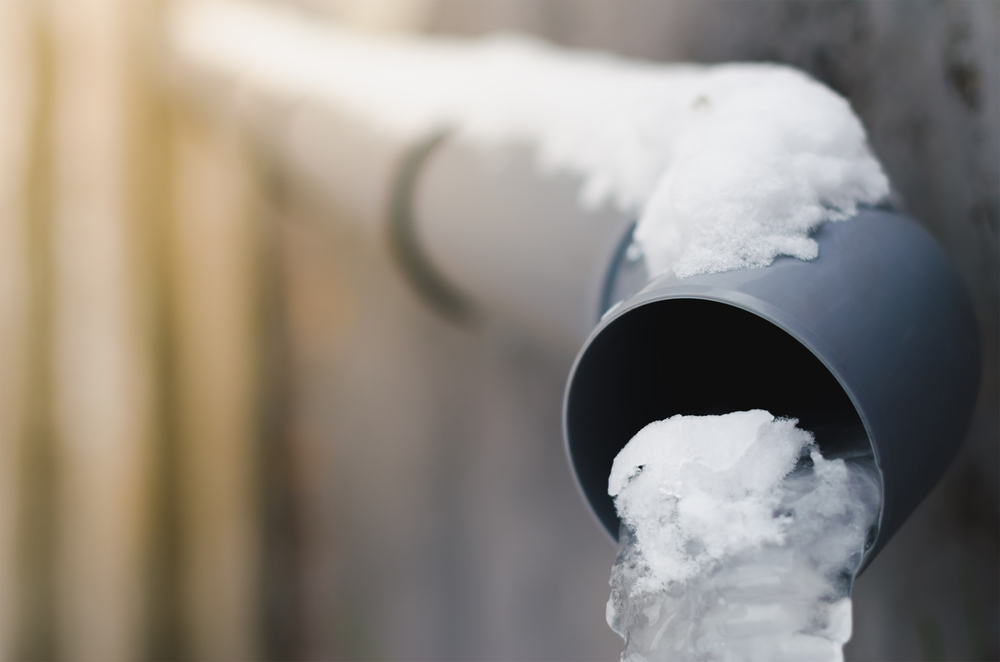Tips to Defend Plumbing System from Freezing: Key Advice
Tips to Defend Plumbing System from Freezing: Key Advice
Blog Article
Just how do you really feel on the subject of Prevent Frozen Pipes ?

Winter can wreak havoc on your pipes, specifically by freezing pipes. Below's how to avoid it from taking place and what to do if it does.
Introduction
As temperatures decrease, the threat of frozen pipes boosts, possibly bring about costly repair work and water damage. Recognizing just how to stop icy pipes is essential for property owners in chilly climates.
Comprehending Frozen Pipes
What triggers pipes to freeze?
Pipelines ice up when revealed to temperature levels below 32 ° F (0 ° C) for expanded periods. As water inside the pipelines freezes, it broadens, taxing the pipe walls and possibly creating them to burst.
Dangers and problems
Icy pipelines can result in water system disturbances, residential or commercial property damage, and costly fixings. Ruptured pipes can flooding homes and create comprehensive architectural damages.
Indications of Frozen Piping
Identifying frozen pipes early can avoid them from bursting.
How to recognize frozen pipelines
Try to find reduced water circulation from taps, uncommon smells or noises from pipes, and noticeable frost on revealed pipelines.
Prevention Tips
Insulating at risk pipelines
Wrap pipelines in insulation sleeves or use warmth tape to secure them from freezing temperatures. Concentrate on pipelines in unheated or exterior locations of the home.
Home heating techniques
Maintain interior areas effectively heated, particularly locations with plumbing. Open up closet doors to enable warm air to distribute around pipes under sinks.
Protecting Exterior Pipes
Garden hose pipes and outdoor taps
Detach and drain garden tubes before winter. Set up frost-proof faucets or cover exterior faucets with protected caps.
What to Do If Your Pipelines Freeze
Immediate activities to take
If you suspect frozen pipes, maintain taps open up to alleviate pressure as the ice melts. Utilize a hairdryer or towels taken in hot water to thaw pipelines gradually.
Long-Term Solutions
Architectural modifications
Consider rerouting pipes far from exterior walls or unheated areas. Add added insulation to attics, basements, and crawl spaces.
Upgrading insulation
Buy top quality insulation for pipes, attics, and walls. Correct insulation helps preserve consistent temperatures and minimizes the threat of icy pipelines.
Conclusion
Avoiding frozen pipes needs positive procedures and fast actions. By comprehending the reasons, indications, and preventive measures, house owners can secure their plumbing during winter.
6 Proven Ways to Prevent Frozen Pipes and Protect Your Home
Disconnect and Drain Garden Hoses
Before winter arrives, start by disconnecting your garden hoses and draining any remaining water. Close the shut-off valves that supply outdoor hose bibs and leave the outdoor faucet open to allow any residual water to drain. For extra protection, consider using faucet covers throughout the colder months. It’s also important to drain water from any sprinkler supply lines following the manufacturer’s directions.
Insulate Exposed Pipes
Insulating your pipes is an effective way to prevent freezing. Pipe insulation is readily available at home improvement stores and is relatively inexpensive. Pay close attention to pipes in unheated areas such as the attic, basement, crawl spaces, or garage. Apply foam insulation generously to create a buffer against the cold. You can also wrap your pipes in heat tape or thermostat-controlled heat cables for added warmth.
Seal Air Leaks
Inspect your home for any cracks or openings that could let in cold air. Seal any holes around the piping in interior or exterior walls, as well as the sill plates where your home rests on its foundation. Additionally, make sure to keep your garage door closed unless you’re entering or exiting. Leaving it open creates a significant air leak that can lead to frozen pipes.
Allow Warm Air Circulation
During cold snaps, it’s essential to allow warm air to circulate evenly throughout your home. Leave interior doors ajar to promote better airflow. Open kitchen and bathroom cabinets to help distribute heat consistently around the rooms. If you have small children or pets, be sure to remove any household chemicals or potentially harmful cleaners from open cabinets for safety.
Let Faucets Drip
A small trickle of water can make a big difference in preventing ice formation inside your pipes. When temperatures drop significantly, start a drip of water from all faucets served by exposed pipes. This continuous flow helps prevent the water from freezing. Additionally, running a few faucets slightly can relieve pressure inside the pipes, reducing the chances of a rupture if the water inside does freeze.
https://choateshvac.com/6-proven-ways-to-prevent-frozen-pipes-and-protect-your-home/

I stumbled upon that entry on Winter Plumbing Precautions: Preventing Frozen Pipes while doing a lookup on the search engines. Do you know about another individual who is fascinated with the topic? Please feel free to promote it. I truly appreciate your readership.
At This Website Report this page